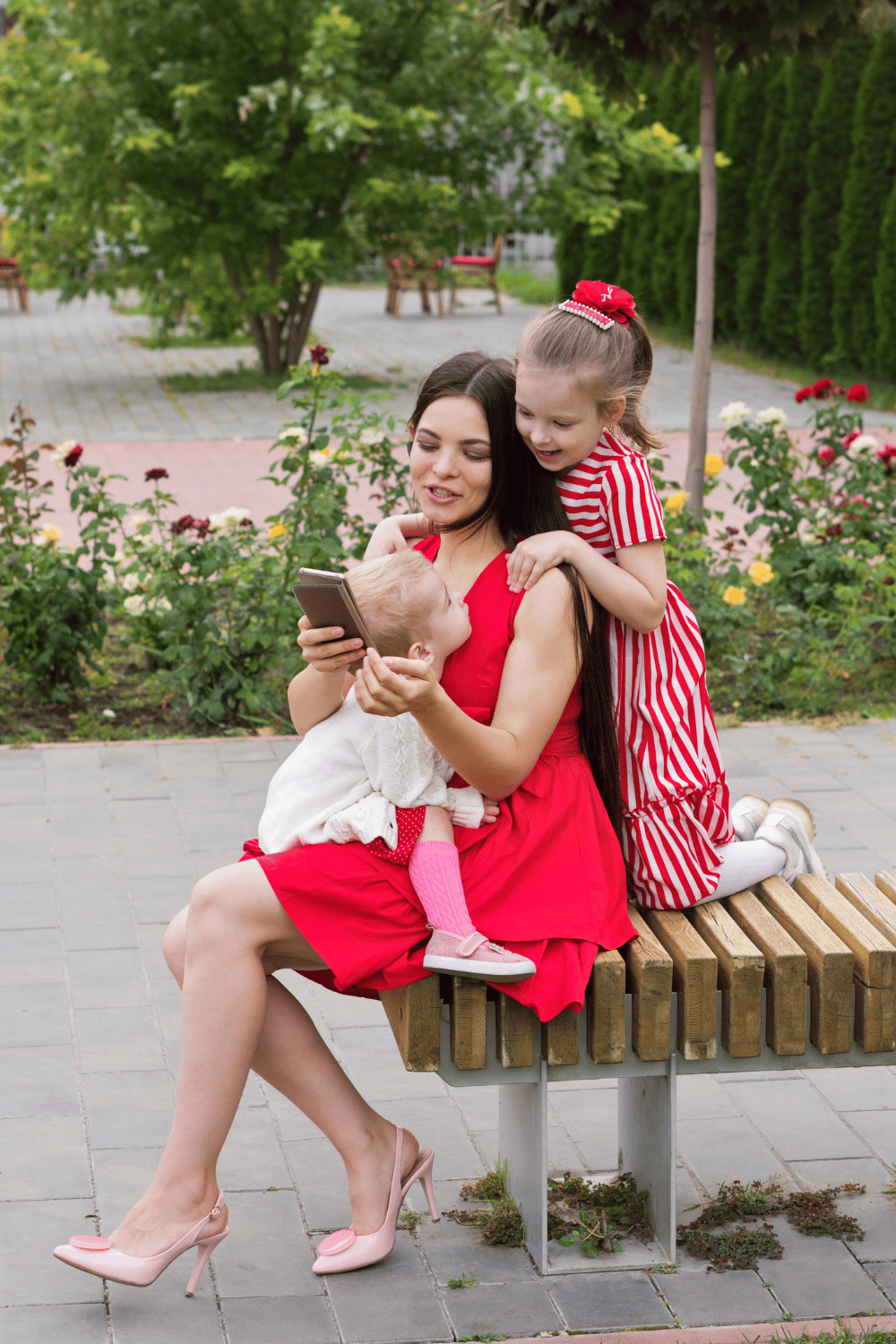Red Light Therapy For Skin: 4 Benefits And Risks
Red light therapy (RLT) is an emerging treatment that utilizes low-wavelength red light to treat skin issues such as wrinkles, acne, scars, and redness. RLT has many names, such as biostimulation, soft laser therapy, photobiomodulation (PBM), cold laser therapy, or photonic stimulation.
Scientists traditionally used RLT to promote plant growth in space. It was used because light boosts the growth and photosynthesis of plant cells. Scientists did further research on RLT to determine if it could be applicable in medicine. And since it was found to be successful, RLT is now widely accepted for treating different conditions. However, research is still ongoing to explore the full potential of RLT.

If you’re wondering how light therapy can help skin, this post is for you. We’ll outline how RLT works and its benefits, as well as inform you about its risks.
How Does Red Light Therapy Work?
RLT uses low wavelengths of red light to penetrate deep into the skin to enhance cellular activity, such as collagen production and blood flow. The wavelengths are absorbed by the skin cells, resulting in many benefits. RLT therapy can be administered through various devices like light panels, handheld devices, or whole-body light beds. The procedure is generally painless and non-invasive, making it an excellent choice for patients looking for a non-surgical approach to improve their skin appearance.
Benefits Of Red Light Therapy
This non-invasive procedure has gained popularity due to its many benefits for the skin. These benefits include:
- Promotes Collagen Production
Collagen is a protein found all over the body, including the skin. It provides elasticity, structure, firmness, and strength to the body’s tissues. In the skin, collagen form fibers that support the skin’s surface, giving it firmness and elasticity. As you age, collagen production decreases, leading to loose skin and fine lines of wrinkles.
As stated, RLT works by delivering low wavelengths to the skin. The wavelengths penetrate the skin and are absorbed by the mitochondria—organelles that generate cellular energy. The absorption triggers a chemical response, leading to increased collagen production. Also, RLT increases blood flow in the skin, stimulating collagen production. The increased blood flow delivers adequate oxygen and nutrients to the skin, promoting collagen production and other essential proteins for the skin. This dual effect not only enhances skin elasticity but also potentially aids in reducing the appearance of cellulite. However, researchers are still exploring whether red light therapy works for cellulite, and more studies are needed to establish its efficacy.
Ultimately, RLT helps increase collagen production, leading to improved skin texture, firmness, and youthful appearance.
- Improved Skin Hydration
Another benefit of red light therapy is improving skin hydration. RLT has been shown to increase the stimulation of natural moisturizing factors (NMF) in the skin. NMFs are skin elements that maintain skin hydration by binding water molecules. Therefore, an increase in the production of NMFs translates to skin hydration and improved skin texture.
- Addresses Acne
Acne is a skin condition caused by the overproduction of sebum, bacteria, and inflammation, which clogs pores leading to inflammation and pimples. RLT therapy helps reduce acne by addressing its cause. The wavelengths produced by RLT penetrate deep into the skin and enhance cellular activities that minimize sebum production. How long does it take for acne scars to fade?” Acne is a skin condition caused by the overproduction of sebum, bacteria, and inflammation, which clogs pores leading to inflammation and pimples. RLT therapy helps reduce acne by addressing its cause. The wavelengths produced by RLT penetrate deep into the skin and enhance cellular activities that minimize sebum production. Also, it has an anti-inflammatory effect, which helps reduce inflammation associated with acne.
Lastly, RLT may help eliminate the bacteria associated with acne. Acne can be caused by a bacteria called Propionibacterium acnes (P. acnes), which proliferates on the skin leading to inflammation and the formation of pimples. Fortunately, RLT helps kill bacteria by stimulating the production of reactive oxygen species (ROS). ROS penetrates the bacteria cells and destroys them.
- Promote Wound Healing
From skin to wounds, RLT has been shown to improve healing in several ways. For instance, RLT increases blood flow to the affected area, providing more oxygen and nutrients. These can help promote the healing and regeneration of damaged tissue. Also, collagen—a protein stimulated by RLT—can help repair and heal the skin and other tissues.
Another way RLT promotes wound healing is by fighting inflammation in the affected parts. Inflammation delays healing and can cause scarring. Fortunately, RLT has anti-inflammatory effects that reduce inflammation, thus promoting wound healing.

Risks Of Red Light Therapy
While RLT is considered non-invasive, safe, and beneficial, it has potential risks and side effects. Some of these risks include:
- Burns: Though rare, RLT can cause burns to the skin, especially if the therapy is used at high intensity or longer than required.
- Eye Damage: RLT can also cause retina damage, leading to vision loss. Therefore, wearing protective eye shields is advisable when taking the therapy.
- Interaction With Other Medications: RLT can interfere with other medications, such as photosensitizing drugs. So, if you’re on any medication, talk to your doctor before beginning the therapy.
- Skin Irritation: Some patients experience skin irritation and redness after RLT. Fortunately, this is temporary and resolves on its own.
Remember, RLT isn’t suitable for everyone. Therefore, discuss its benefits and risks with your dermatologist before starting treatment.
Conclusion
Red Light Therapy has been shown to help in treating some skin conditions. With its introduction to medicine being proven excellent thus far, there is still more research necessary to explore its benefits and side effects fully. That being said, based on the current research, RLT may be a good treatment to incorporate into your skincare routine. Be sure to check with your doctor first before adding it to your routine.







